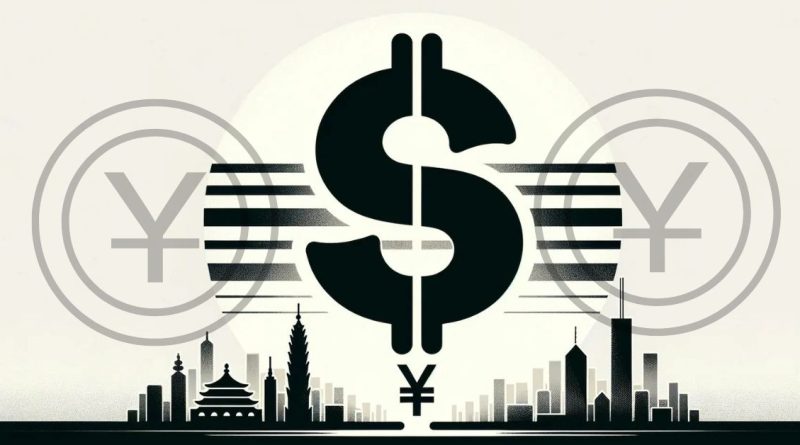China’s Yuan Poised for Stabilization and Strength, Central Bank Asserts
Key Points:
- China’s yuan has weakened amid tepid economic measures, hitting a two-and-a-half-week low against the US dollar.
- Despite increased spending and debt issuance, investor confidence remains low.
- The People’s Bank of China (PBoC) is setting stronger midpoint rates to support the yuan.
- Economic uncertainties are boosting the US dollar’s appeal, with bond yields at record lows.
- China’s cautious approach to economic stimulus reflects the challenges of balancing growth and currency stability.
What’s the Story?
Recent economic measures in China have not succeeded in boosting investor confidence, leading to a depreciation of the yuan against the US dollar. The currency has reached its lowest point in over two weeks, despite the Chinese government’s efforts to stimulate the economy through increased spending and debt issuance. These actions, intended to bolster growth, have instead resulted in the yuan losing value.
What’s the Impact?
China’s economic policies, including expanded budget deficits and loosened monetary conditions, have not reassured investors about the country’s growth prospects. The People’s Bank of China (PBoC) has been actively supporting the yuan by setting a stronger midpoint rate than anticipated. However, bond yields have plummeted to record lows, signaling a challenging economic environment. This uncertainty has made the US dollar more attractive, especially as markets anticipate a Federal Reserve rate cut, drawing investors seeking stability.
Why It Matters:
For Markets:
- Safe Havens: The underwhelming performance of China’s economic strategies has elevated the US dollar as a safe haven for investors. With Chinese bond yields at historic lows, the profitability of Chinese investments is being questioned. The yuan’s decline against the dollar may redirect global capital flows to the US, influencing emerging market currencies and international investment patterns.
The Broader Context:
- Cautious Fiscal Policy: China is adopting a cautious approach to economic stimulus, avoiding broad consumer stimulus measures unless an economic crisis emerges. The country is also considering a weaker yuan to mitigate the impact of potential US tariffs by 2025. This strategic balancing act underscores the complexities of managing a large economy like China’s in the face of global pressures and evolving geopolitical dynamics.
Conclusion:
The People’s Bank of China’s efforts to stabilize and strengthen the yuan reflect the ongoing challenges of fostering economic growth while maintaining currency stability. As global markets continue to assess the implications of China’s economic policies, the yuan’s performance will remain a critical indicator of broader economic trends and investor sentiment.
By optimizing this article with relevant keywords and a clear, concise structure, your news website can enhance its SEO performance and attract more readers interested in the latest developments in China’s economy and global financial markets.

